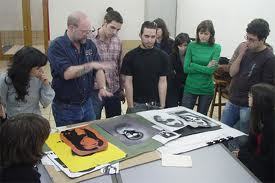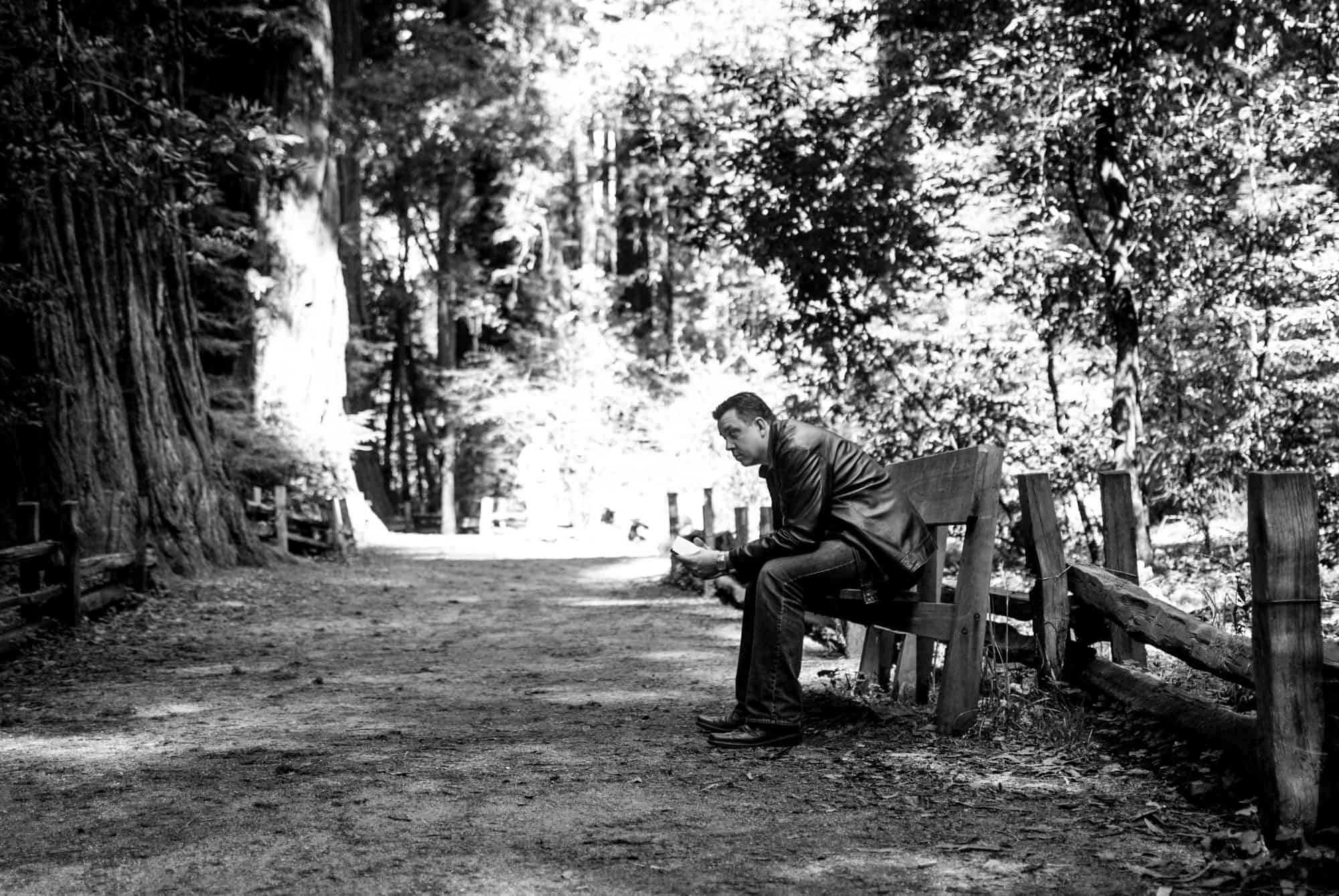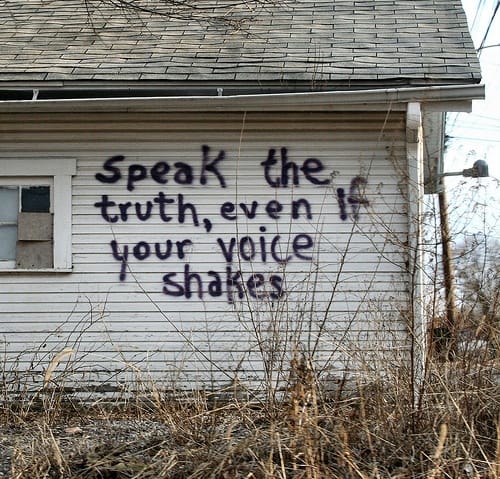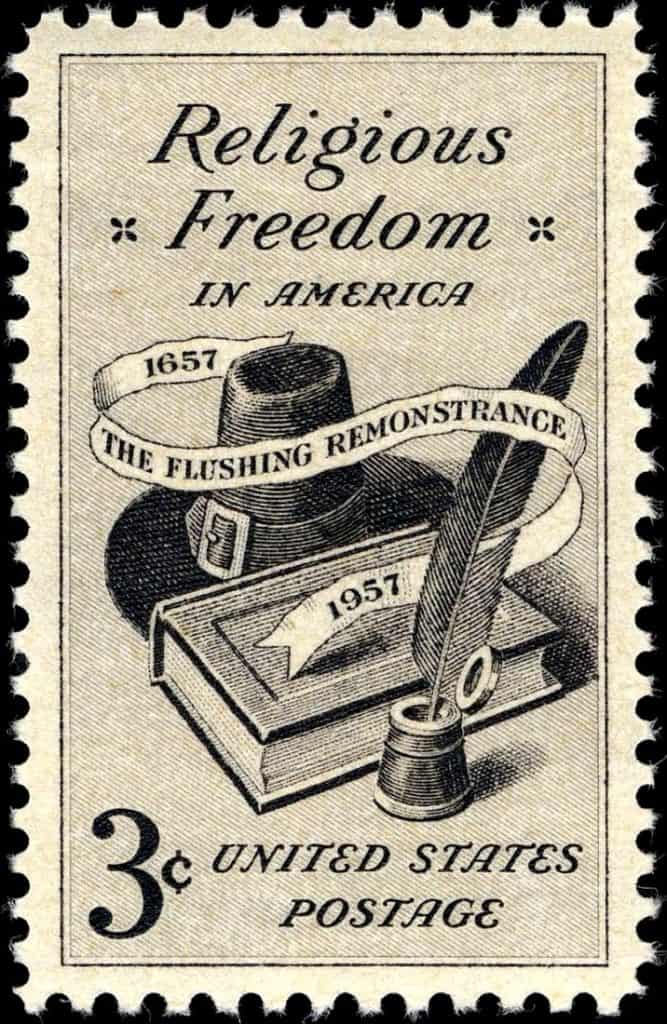
Embracing Critique in Art and Life
I realized during that sermon that I am far more comfortable with criticism than many people. In fact, I consider it crucial. This may be because of my art training. A standard part of any studio art course is the “critique.” This is a part of the class where the student puts his or her work up for the class, and the professor, to critique. The class will talk about what is good in the work but also, importantly, what doesn’t work. There is no doubt that there are professors out there who enjoy tearing down their students and tearing the work apart without an eye toward helping the students improve. But, good professors offer honest critique in a gentle and helpful way. This doesn’t mean it doesn’t sometimes hurt the students’ feelings. In theory, the student has poured their heart and soul into the work so critiques can be hard. But, it makes all the difference. I remember one student who broke down in tears during a critique but the comments were true and it became a real turning point for the student. That is the power of a good critique.
The same principle holds true in more purely academic work. During my Ph.D. coursework, I remember receiving comments back on a paper I wrote for an aesthetics class. When I reviewed the professor’s comments, I bristled. My immediate reaction was that my paper was great and without serious flaws. I spent a little while rationalizing why the weakness he pointed out wasn’t a weakness. Eventually, I realized I was wrong. Though it was a good paper and the professor could have easily just played on that, his job is also to help me improve. He could not do that without some honest criticism.
Balancing Criticism and Edification in the Church
I fear that in the church we often want to build the church without any critique. I’ve heard legitimate criticisms be shut down as not ‘edifying’. No doubt there is a need for balance. We also, however, need to not plug our ears because we don’t like what we hear. I never like the truest criticisms when I first hear them; but, they are the ones that most help me grow.
I always tell my studio art students that artists need to learn two things- 1) Self Criticism and 2) Self Editing. The artist has to learn to look at their work and discern what works and what doesn’t and why. That is the only way they will improve. Secondly, no matter how brilliant of an artist one is, that artist is going to produce some junk. It is important to realize what artworks are junk and which ones aren’t. My wife, who is a photographer, often repeats a common phrase within photography, “the difference between a professional photographer and an amateur is that the amateur puts all their work out to be seen while the professional only show their best images.” The professional artist has learned to self-edit.
I think the church could learn some important lessons from art practice. As the body of Christ, we need to learn to be self-critical and begin examining both our theology and our practice. We also need to self-edit. Sometimes we have really bad ideas. We need to learn to keep those ideas to ourselves.
“Happy talk” leads to shallow faith. We need to strike a balance between being too critical and being uncritical. Ultimately, as with so many things, it is a matter of the heart. Critique from a caring heart can make a world of difference.
This essay is from our Anastasis Series where we resurrect articles from the past that are either still relevant today or can be easily updated. This piece was first published on July 17, 2013, and has been lightly edited and updated.







